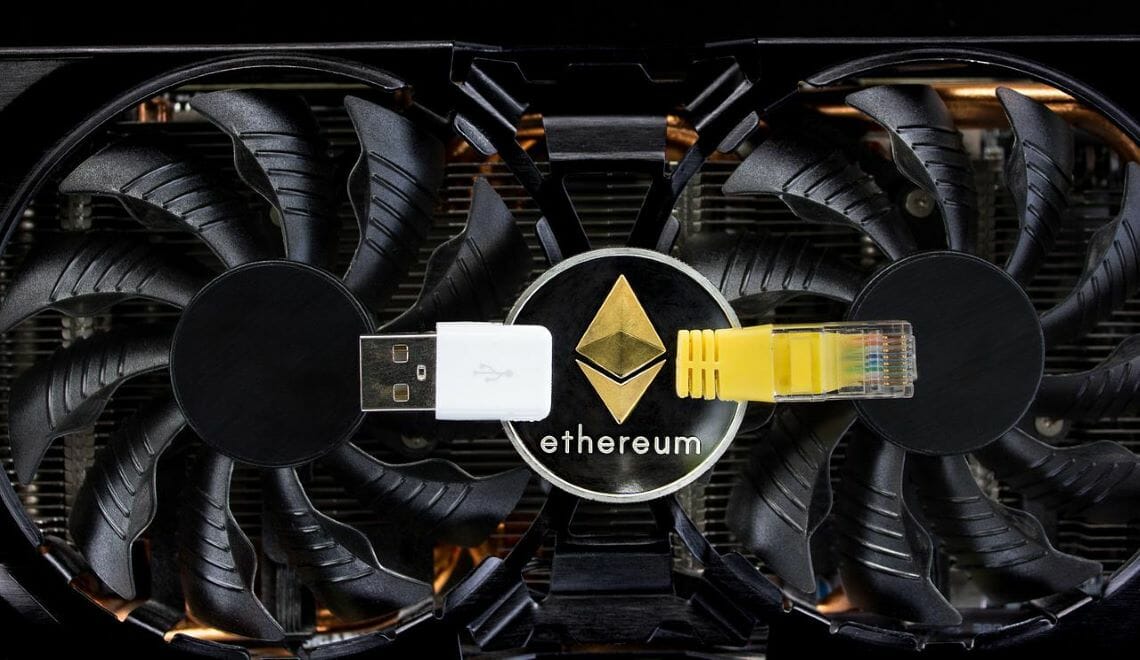- Ethereum has continued dominating the Defi scene.
- A recent CryptoMonday data presentation has shown that Ethereum increased its Defi market share by 11% in Q2 2022.
- One reason explaining this dominance is its first-mover advantage.
Decentralized finance (Defi) is one of the hottest trends in cryptocurrency. Defi protocols enable users to do everything from borrowing and lending crypto assets to earning interest on their holdings. Thanks to the wide range of options available, Defi has quickly become one of the most popular use cases for Ethereum.
Ethereum’s domination of the Defi space is evident in the latest CryptoMonday data presentation. The site has shown that in Q2 2022, Ethereum accounted for 69% of all Defi protocols built. This represents an 11% increase from Q1 2022, when Ethereum’s Defi dominance stood at 58%.
Jonathan Merry, CryptoMonday’s CEO, attributes the platform’s dominance to its pioneering moves in the Defi space.
Jonathan MerryEthereum’s dominance in the Defi space is largely due to its first-mover advantage. It was the first blockchain platform to launch decentralized applications (dApps) that have since caught on. The growing popularity of these dApps has cemented Ethereum’s dominance of the Defi market.
He adds that the platform has the largest and most active development community within the Defi ecosystem. This gives it a large pool of developers to draw from when building new Defi protocols. Additionally, it boasts of a robust smart contract platform. All these factors create a conducive environment for thriving decentralized projects and applications.
Ethereum’s Total Value Locked Has Continued Falling
As any crypto enthusiast knows, total value locked (TVL) is a key metric for assessing the health of a blockchain platform. It represents the total value of all assets staked on the network and is a good indicator of network activity and overall confidence in the platform.
Ethereum’s TVL has been declining recently, from a peak of $130B in Q1 2021 to $48B in Q2 2021. That represents a significant drop of 63% in QoQ terms. Following this decline, some analysts question whether Ethereum can maintain its position as the leading smart contract platform.
So What’s Behind This Decline?
Firstly, the overall crypto market is experiencing a correction after a period of explosive growth. Secondly, there is increased competition from other blockchains presenting themselves as Ethereums’s alternatives. Finally, there are issues with Ethereum’s scalability and high gas fees compared to its competitors.
Ethereum’s developers are aware of the network’s shortcomings and are working on solving them. One way they’re doing that is by transitioning it from the current Proof of Work consensus mechanism to a Proof of Stake one. That shift will enhance the platform’s scalability and reduce the exorbitant fees that users incur while transacting.
How did Ethereum’s Competition Fare?
Although Ethereum maintains a healthy lead over its competitors, its market share has declined. Once the only platform within Defi, it has seen its absolute control slowly ebbing.
Binance Smart Chain takes the second spot in terms of market dominance within the Defi space. The network’s TVL is currently at $6B, which is an 8% market share. This is down from 20% in Q1 2021. Binance Smart Chain’s drop in market dominance can be attributed to several factors, such as the increasing competition from other networks.
However, the Binance Smart Chain remains a key player in the Defi space and is likely to continue playing a central role in Defi development. Other networks also playing an important role in Defi development include Polygon, Solana, and Avalanche.












